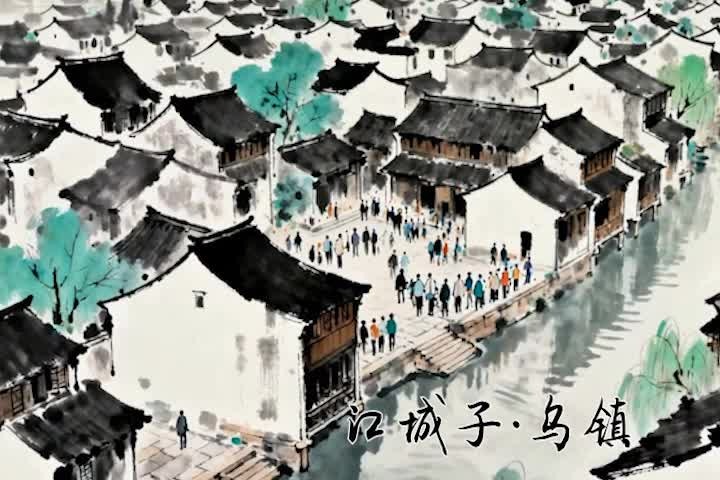China and France deepen ties through museum collaboration


Prince Kung's Palace Museum and Chateau de Chantilly in France signed a friendly cooperation agreement in Beijing on Thursday, marking a new chapter of cultural exchange between China and France.
This partnership symbolizes the beginning of a deeper cultural dialogue between two of the world's most cherished cultural institutions, preserving centuries of history, art and culture, officials from both countries say.
Prince Kung's Palace Museum is renowned for its well-preserved Qing Dynasty (1644-1911) architecture and cultural heritage, offering visitors a glimpse into China's imperial past. Chateau de Chantilly, with its grand Renaissance-style castle and vast classical gardens, is equally a jewel of French history, showcasing medieval treasures and the evolution of French art and architecture.
In his speech, Feng Nai'en, curator of Prince Kung's Palace Museum, emphasized that the cooperation agreement is a significant outcome of the China-France Year of Culture and Tourism and reflects both nations' mutual respect and recognition of each other's civilizations.

Moving forward, the two institutions will explore deeper collaboration in areas such as cultural heritage preservation, academic research, collection digitization, and the promotion of cultural tourism, Feng said at the signing ceremony.
Anne Miller, general manager of Chateau de Chantilly, expressed her excitement about the new partnership, noting that both institutions share a deep commitment to preserving cultural heritage.
Jean-Paul Mulot, vice-president of Hauts-de-France, highlighted the significance of the agreement in fostering long-term collaboration between the two nations.
He emphasized the shared cultural heritage of both institutions, underlining the importance of "harmonious coexistence between people and nature" as a universal language in global dialogue.
The agreement marks the beginning of a new phase in Sino-French cultural exchange, with both museums set to continue their efforts in bridging historical and cultural gaps between the two countries.





































